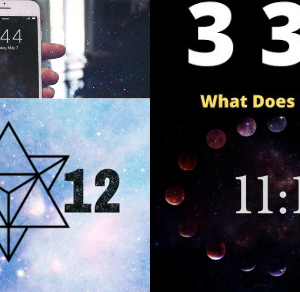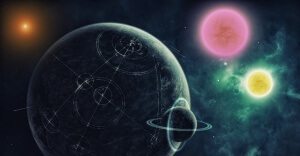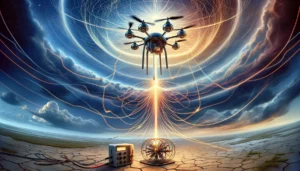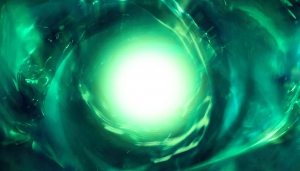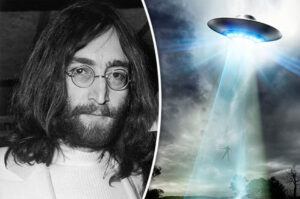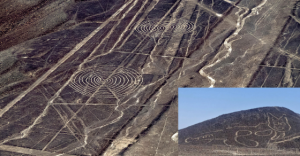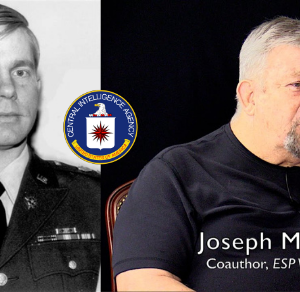In an era where the boundaries of science fiction and scientific possibility increasingly blur, the question of our universe’s uniqueness and the possibility of other universes governed by different physical laws captivates both the public and the scientific community. Theoretical physicists, including notable figures like Andrei Linde, are delving into the mysteries of the cosmos, attempting to unravel whether our universe is merely one of many in a vast multiverse, each with its distinct set of rules.
Exploring the Fine-Tuning of Universal Constants
The crux of this exploration lies in the fundamental constants of nature—those unchanging values such as the speed of light and the gravitational constant that define the fabric of our universe. These constants are so finely tuned that altering them by even a minuscule amount could prevent the existence of life as we know it. This delicate balance has led some to propose the multiverse theory, suggesting that our life-bearing cosmos is but one of countless others, most of which are inhospitable to life.
This theoretical framework is supported by the inflationary model of the universe, which posits a rapid expansion of the cosmos shortly after the Big Bang, potentially leading to the creation of multiple universes. Further bolstering this idea is string theory, which introduces the concept of multiple dimensions and varying laws of physics across different universes.
Yet, this pursuit of understanding is not without its detractors, who argue that the multiverse theory veers into the realm of metaphysics, beyond the reach of empirical science. Critics, including esteemed physicist Steven Weinberg, express skepticism about the theory’s verifiability, likening belief in the multiverse to speculative gambles.
Amidst these debates, another intriguing proposition has emerged: the simulation hypothesis. This theory suggests that our perceived reality might be an advanced computer simulation, a concept popularized by philosophers like Nick Bostrom and depicted in science fiction narratives such as “The Matrix.” While some scientists, such as NASA’s Rich Terrile, entertain the possibility of humanity eventually creating such simulations, others, like Harvard physicist Lisa Randall, dismiss the idea as improbable.
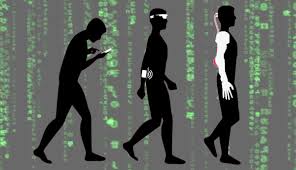
The simulation hypothesis and the multiverse theory both challenge our traditional understanding of reality, inviting comparisons to religious creation stories and prompting introspection about the nature of existence. While definitive evidence for these theories remains elusive, they provoke ongoing debate and speculation about the limits of scientific knowledge and the mysteries of the cosmos.
As we continue to explore these profound questions, the true nature of our universe—or universes—remains an enigma. Whether we inhabit a unique cosmos finely tuned for life, a fraction of a vast multiverse, or a simulation in an advanced civilization’s computer, the quest for understanding pushes the boundaries of science, philosophy, and imagination. This pursuit, while daunting, underscores the human desire to comprehend our place in the cosmos, regardless of where our discoveries may lead.

